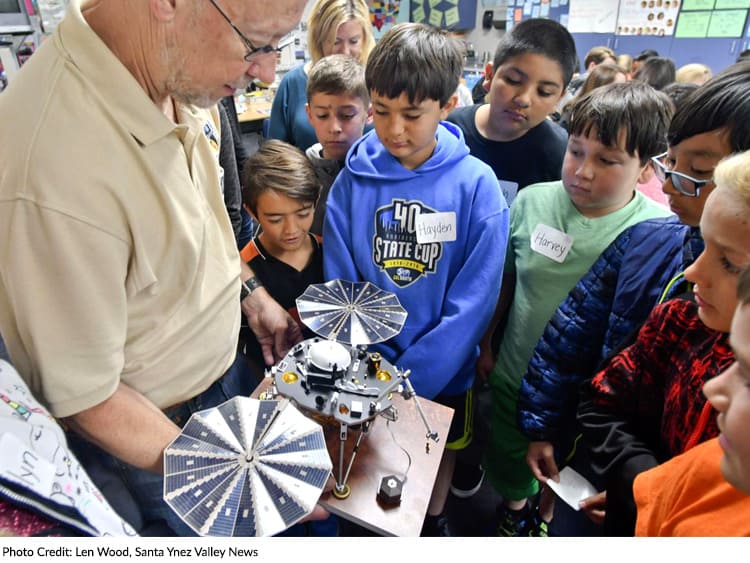Secure Funding
Other funding sources
One of the biggest challenges for any school district looking to undertake a major upgrade project is funding. Although the E-rate program provides substantial financial support, there is sometimes still a “gap” in funding that cannot be covered using the district’s existing operating/technology budget. The following is a selection of resources schools can use to try to bridge the funding gap.


